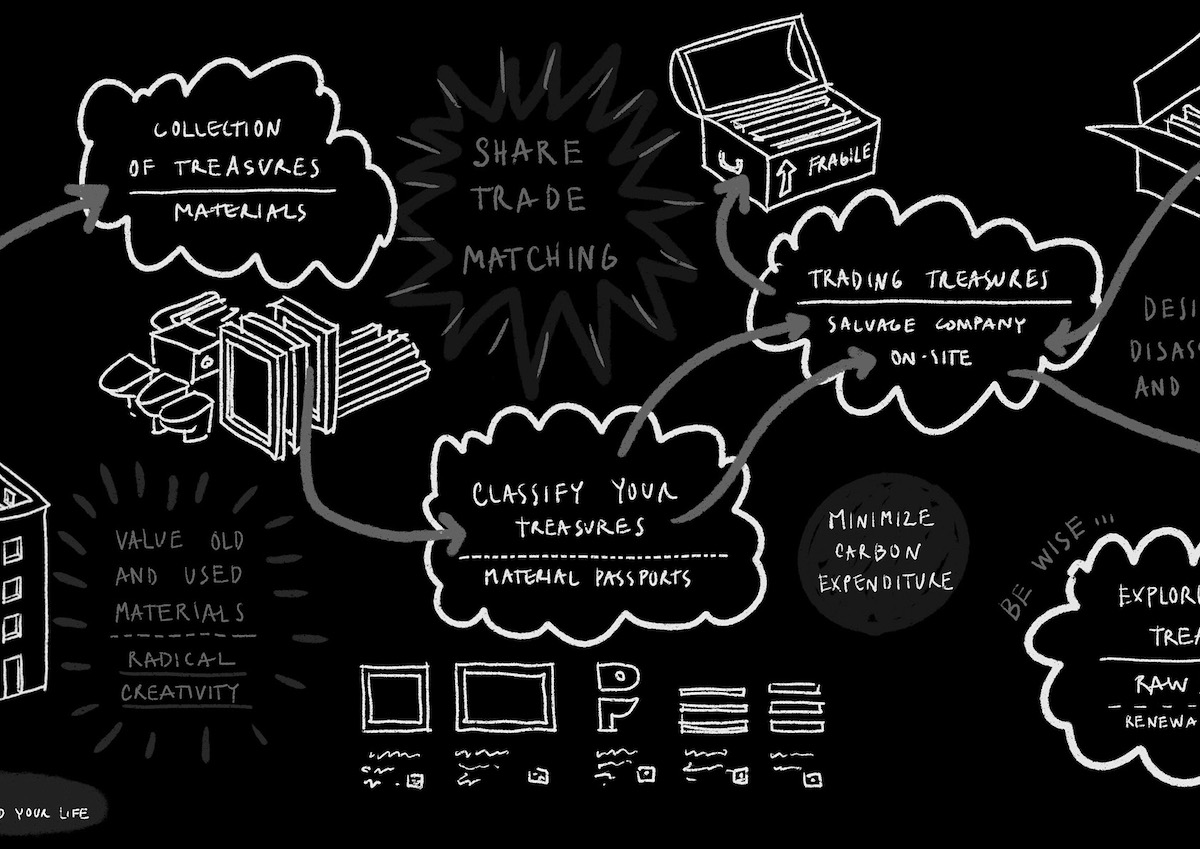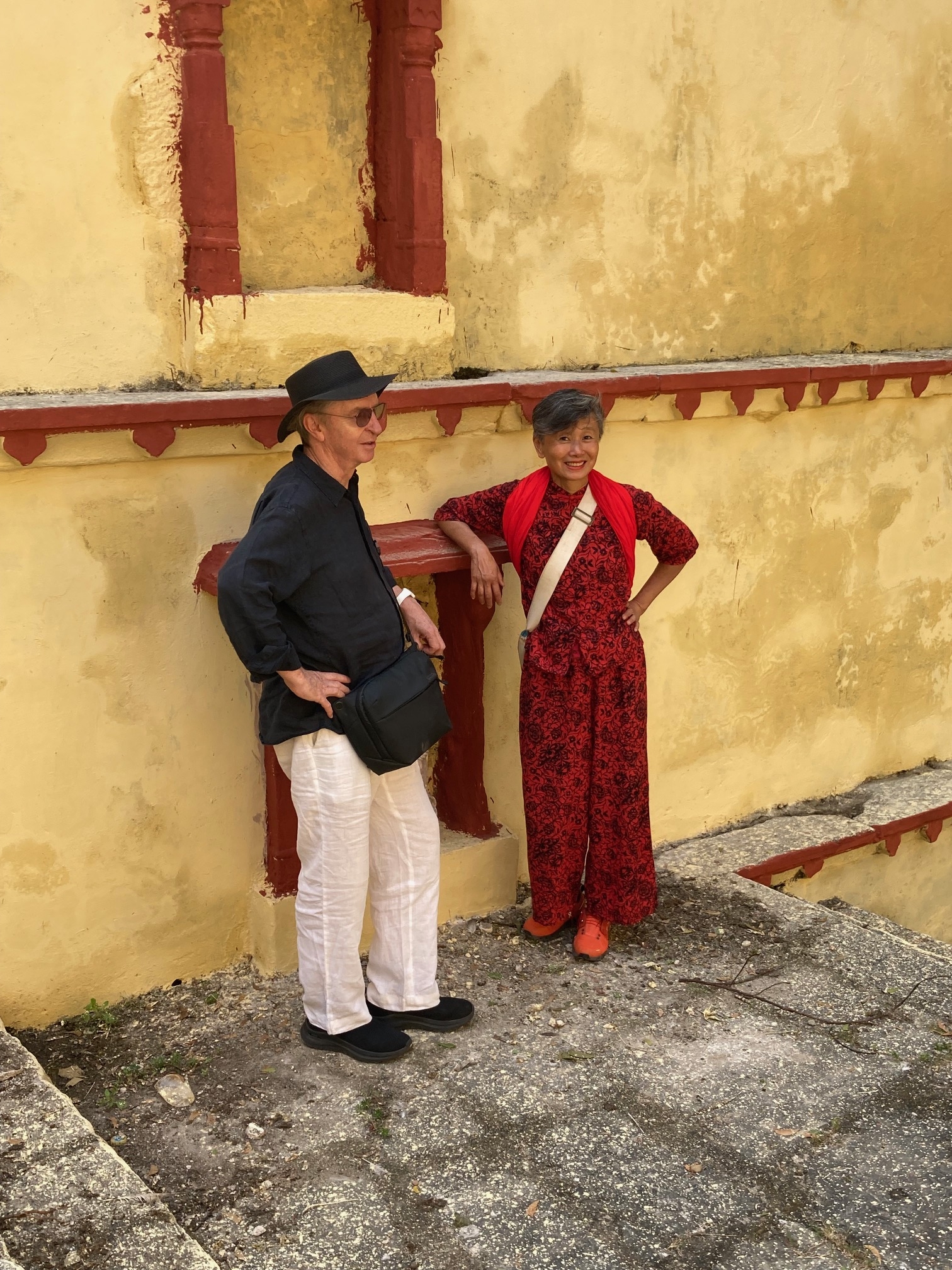Chris Romer-Lee finds modest Málaga is full of surprises, an open-air museum of archaeological remains and monuments from across the eras.



“Málaga?”, I sneered. The gateway to the Costa del Sol didn’t strike me as the place to unwind in the winter sun. Previous half-terms had been spent in Valletta and Seville; surely Málaga couldn’t be bracketed with these cultural delights? But my wife – a researcher, not an architect – had done her background checks, and skimming the web it did indeed appear that the Andalusian city had lots to offer.
Founded by Phoenicians in around 770 BC, Málaga was ruled by ancient Carthage and the Roman Empire, and then under Islamic control for 800 years until 1487, when it came under Christian rule again. As a result, the city centre is like an open-air museum of archaeological remains and monuments from across the eras.
Between 1960 and 1980 the population doubled as modern package tourism took hold. As the new economy drew people and businesses to the suburbs and out along the coast, the inner city suffered from neglect and population decline. It wasn’t until 1995 that a programme of regeneration started. A focus on strengthening Málaga’s identity, its commerce (tourism, culture and finance), and most notably an overhaul of public space and adaption of the urban fabric for a diversity of uses all resulted in a successful transformation.
Bisecting the city is the Guadalmedina river. At first glance you’d assume the city was suffering from drought. Re-engineered in 1980, the waterway is now only used to relieve the dam overflow and subsidiary streams from the Sierra Nevada. North of the centre, the river bed is marshy terrain, while centrally it resembles the Los Angeles River, with expanses of open concrete drainage channels. Although access to the river is fragmented, it has been appropriated as a public space. Volleyball courts and drainage channels operate hand-in-hand in the most unlikely of settings.
We stumble upon the corralones – communal courtyards surrounded by nineteenth-century workers’ housing – whose modesty embodies the essence of this city”
Meandering through the streets, pushed and pulled by our senses, we found Santa Iglesia Catedral Basílica de la Encarnación towering above the old town and offering a spectacular alternative to its modest architectural surroundings. Following the pedestrianised streets, the variations of polished and patterned stone underfoot led to the spectacular linear Parque de Málaga, which pivots around the bullring and the Centre Pompidou Málaga to open up the city’s beaches to the west and the revitalised port to the south. We couldn’t resist a dip. The raw cold of the out of season Mediterranean is enough to catch anyone off guard, but the march back into town restored our shivering limbs.
Like so many cities, Málaga has been colonised by electric scooters, and they afforded surprising ease to exploration of the city with children of 10 and 13. We criss-crossed the pedestrianised old town, its narrow streets echoing to my bellows of “Respect others!” and “Concentrate!” As I awaited a tragic end, with one of them skittling aged Malagueños or face down in a plate of churros, my wife selflessly left us to it. Málaga has a strong car culture – private motor vehicles represent 42 per cent of the modal split – but regeneration has increased awareness of alternative mobility, particularly among the young. In London it remains illegal to ride an electric scooter on the pavements or streets; instead we’re littered by unregulated bikes. In Málaga, scooters are unregulated, and they are a blight in places, but Malagueños appear to be embracing them as an alternative to diesel emissions.
Weaving back from the football stadium, through the streets of La Trinidad, west of the river and off the tourist routes, we stumble upon the corralones of Málaga – patios surrounded by nineteenth-century workers’ housing; communal courtyards with a mixed public/private character. The modesty of the corralones embodies the essence of this city. Málaga has played its cards well by looking to a longer term regeneration plan for a layered city. There are no egos here, just good urban planning and more importantly a joy for all the family.













